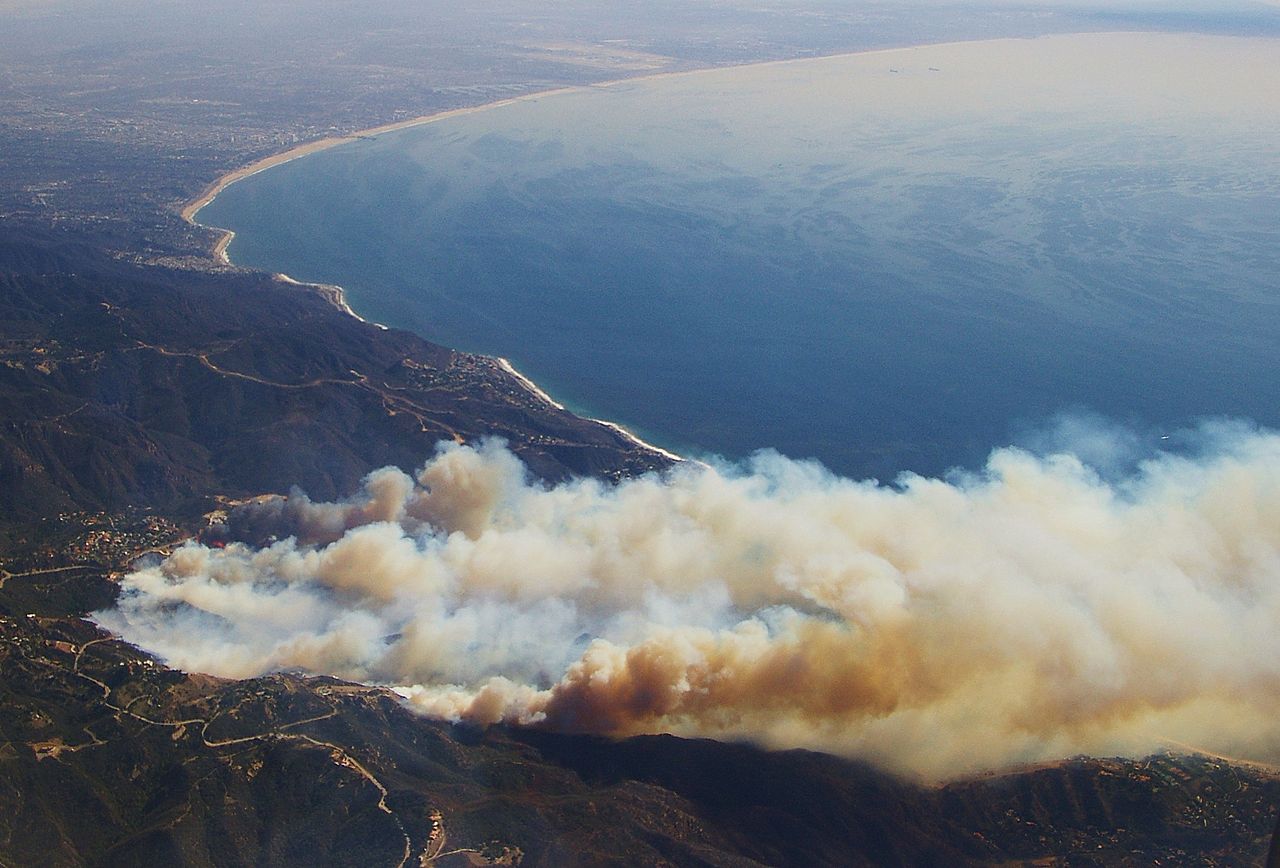With more wildfires taking place in the Western U.S., scientists say the smoke they produce could sweep across the continent and have a negative effect on the health of tens of millions of people.
While other sources of air pollution in the U.S. are on the decline as coal powerplants close down and older cars come off the roads, the benefits are being replaced in some areas by the ill-effects of wildfire smoke.
With this year’s wildfire season starting and fires breaking out in the west from California to Canada and Alaska, authorities are looking for ways to better protect the public from the effects of the smoke that will eventually cover cities and towns.
According to researchers from Yale and Harvard, the forecast isn’t good: It’s expected that more than 300 counties in the West will see more severe smoke waves from wildfires in the next three decades, some lasting weeks longer than those in the past.
During last year’s Camp Fire, smoke from the blaze invaded San Francisco’s neighborhoods, which caused people to line up at hardware stores for face masks and indoor air purifiers.

Smoke from wildfires used to be seen as a temporary annoyance, but it’s now being increasingly viewed as a serious health risk. In Ashland, Oregon, the city had about 40 days of smoke-filled air during the past two summers. Family physician Justin Adams said the smoke hit patients with asthma and other breathing problems the hardest, and long-term health effects are expected.
While the direct damage from bushfires is easy to see, the impact of microscopic particles in the smoke that these emit are not as obvious. What’s known is that it can trigger heart attack and breathing-related problems. These particles can penetrate deep into the lungs and cause coughing, chest pain and asthma attacks. Those with heart-related diseases, lung problems, children and the elderly are the ones who are especially at risk.
In the past decade, as many as 2,500 people died annually in the U.S. due to short-term exposure to wildfire smoke, according to Environmental Protection Agency scientists. That figure could double by the end of this century as wildfires become more common and persistent.
According to the American Lung Association, here are some ways to protect yourself from the effects of wildfire smoke:
- Stay Indoors. People living close to fire-stricken areas should remain indoors and avoid breathing the smoke and ash from wildfires.
- Use the proper mask. Ordinary dust masks may not filter out the finer particles in wildfire smoke. While N-95 or N-100 masks will be able to filter out harmful particles, those masks could make breathing more difficult and should only be used when going outside. Consult your doctor before using a mask, especially if you have lung-related disease.
- Roll up your car windows. When driving through a smoky area, keep your windows and vents closed while the air conditioner is set to “recirculate”
- Prepare to be evacuated. Watch for announcements from local or state officials to protect yourself and your family.
- Know when to seek medical attention. If you or someone you know exhibit symptoms such as breathing difficulties, chest pains or dizziness, take your medication or seek medical attention as soon as you can.


